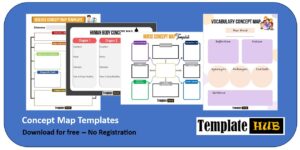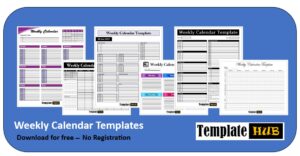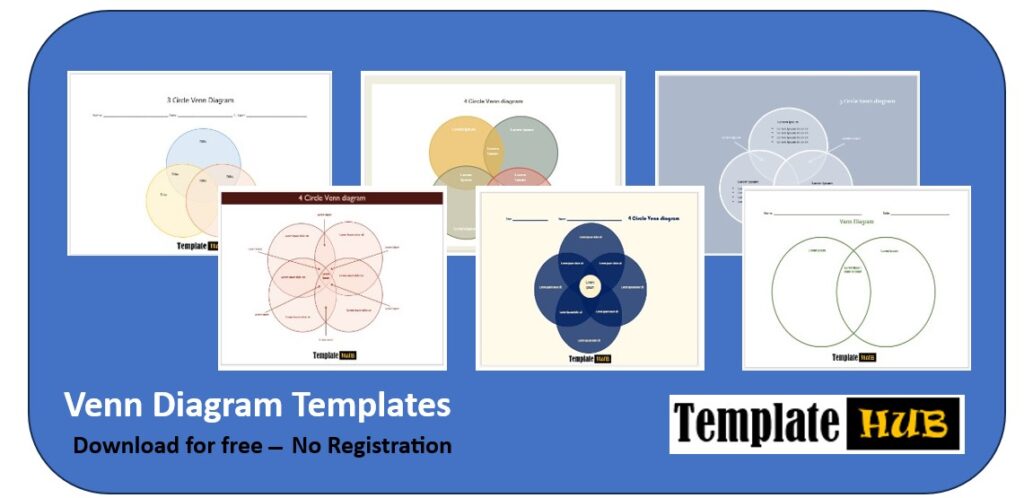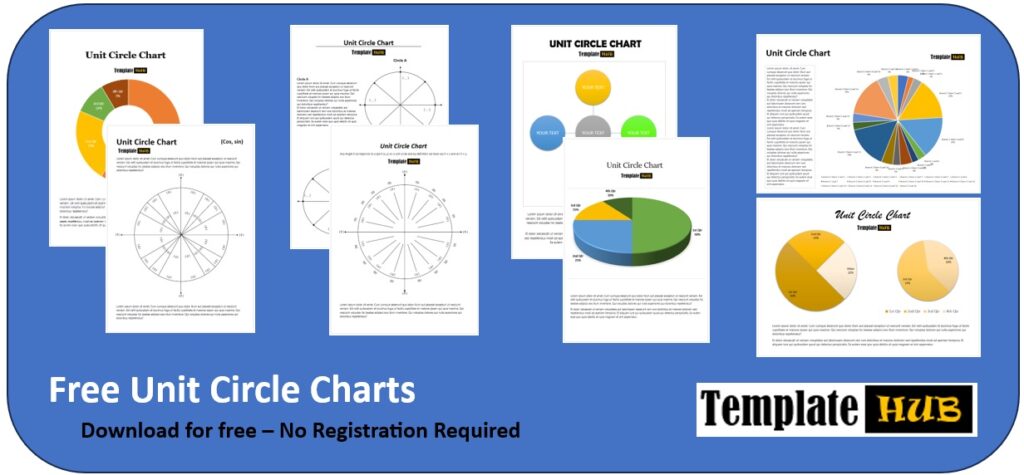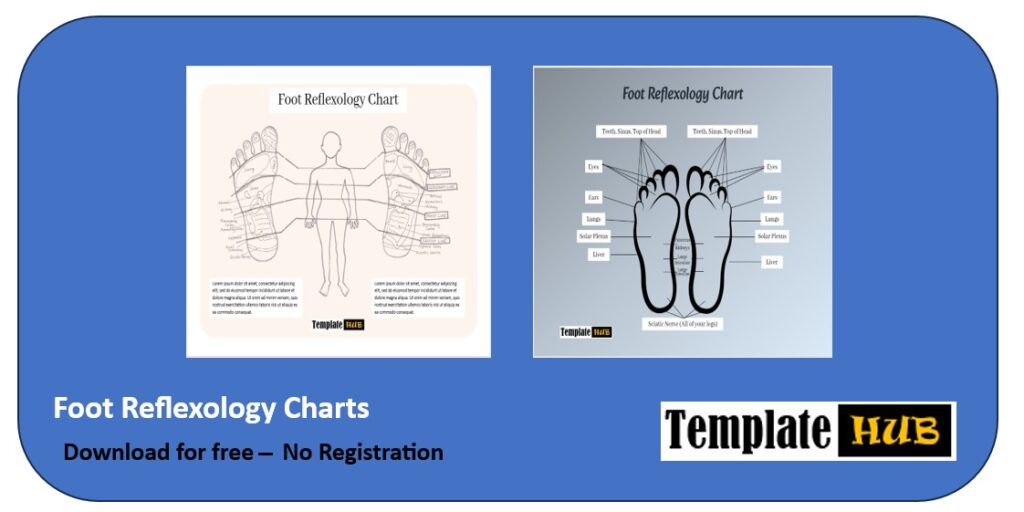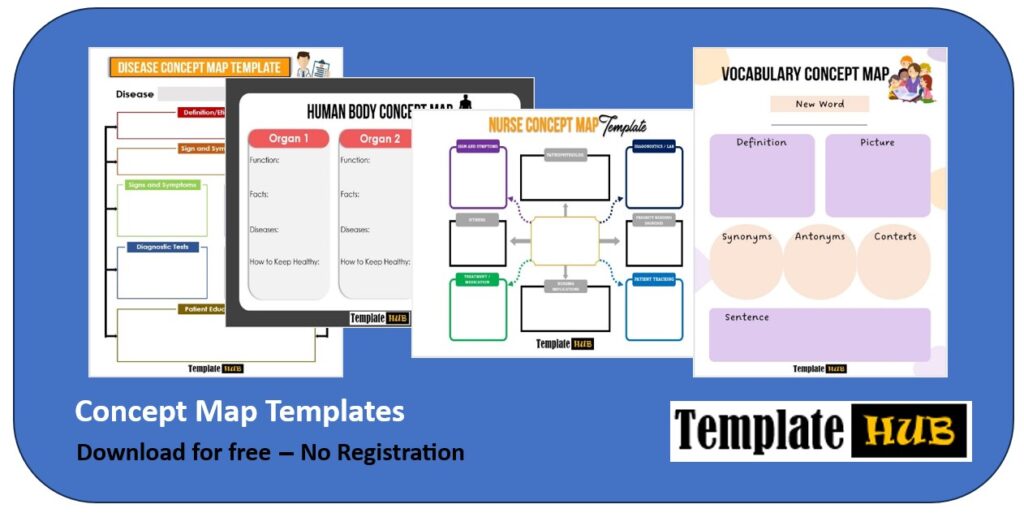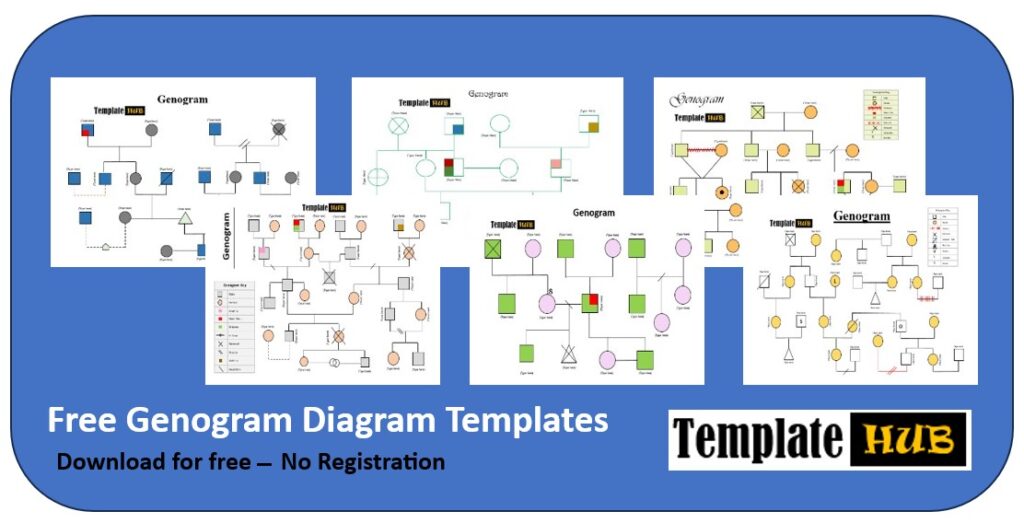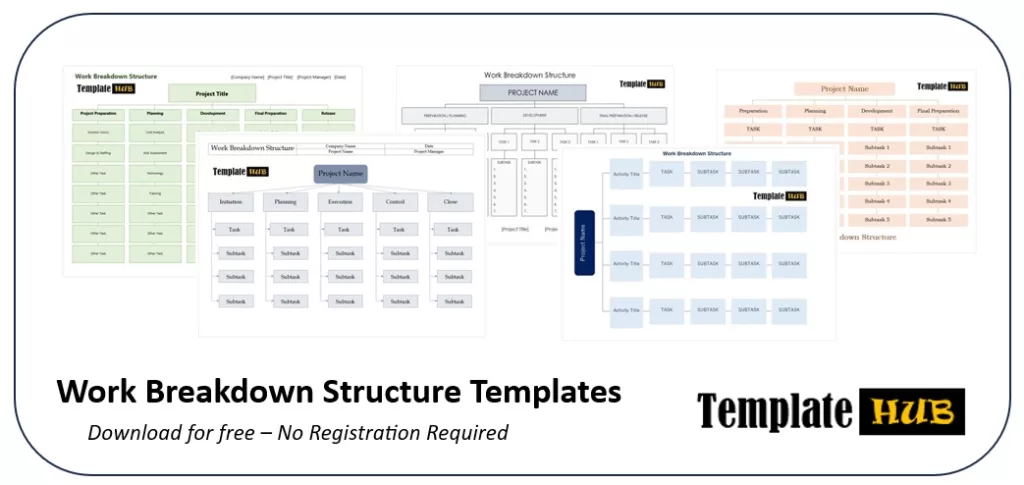Download these 10 Free Likert Scale Templates and samples to use them in your day-to-day tasks either at home or at the office.
The Likert Scale is a psychological measuring scale used as questions in questionnaires to measure people’s attitudes, values, and opinions, with respondents specifying their degree of acceptance or disagreement with the given set of questions. Further, people use it widely in survey research to understand human behavior. The name came after its inventor, Rensis Likert. He developed this system in 1932.
This scale is generally for specific questions at the core of the researcher’s works. It gives a degree or level of acceptance from the respondents. However, five choices are available for the respondents to provide their responses.
Likert Scale Example:
A Likert scale is a very useful tool that enables you to ask survey questions. Meanwhile, you can present the response of the public in an adequate and understandable format. By using them, you can display information regarding a specific scale to understand the interest of the public. With the help of it, you can assume the strength of the experience towards a product of the company, from an option for very satisfied to very unsatisfied. In short, a Likert scale enables you to measure the attitude of a targeted public towards a product. The scale contains five responses: very unsatisfied, unsatisfied, natural, satisfied, and unsatisfied. You can change these terms according to the type of product and the attitude you want to measure. Although, the word natural means a neutral attitude. You can get the grades from the individuals towards statements, products, etc.
Likert Scale Templates:
Here you can preview and download our prepared Likert Scale Templates for your day to day usage.
To investigate Americans’ views about Donald Trump’s leadership skills and inclination to lead the United States of America, a Likert Scale type of survey is available below.
Do you think Donald Trump could manage the UNSA’s complex foreign policies and improve on the achievements of the past government?
- Strongly agree
- Agree
- Unsure
- Disagree
- Strongly disagree
However, it is informative to note that the illustration above is an example of a Likert item. This is a collective analysis of a series of Likert items. Further, a Likert item is part of a complete survey research work, and an item within the larger work is a Likert item. So, a Likert Scale is the sum of the responses from several Likert items.
Using the Likert Scale:
The quality of results from Likert Scale research can change by people’s personal views, bias toward an opinion, cultural values, beliefs, and political affiliations towards the subject. However, the question can be designed in such a way that other parts come in balance with the supposed sentiments of the respondents.
On several occasions, respondents have been noted to avoid extreme responses even when they want to avoid giving wrong responses to inquiries. To take care of this, the result can be graded by dividing the entire response into two fractions: Agree and Disagree. For each of the responses, the position of neutral response, ‘Unsure’ will be decided based on the nature of the sentence and the perceived bias of the respondents as discovered from their personal information.
This underscored many professional views that Likert Scaling is a binary measuring system. Further, they developed it to determine if people’s responses are negative or positive to a set of investigations. With the help of this important information, the company can make updates on the product. They can find out how the product is going in the market. It helps them to determine whether the public is satisfied with the product or the service provided to them and whether the product is going well with the expectations of the users or not. Further, the information a Likert scale provides enables the companies to check the attitude of the users towards the product or the new features added to it. After knowing that, they can make it better to increase their customers.
After the questionnaires are completed and the grading system clarified, each item may be analyzed individually or in groups of Likert items summed up to draw sectional conclusions on different aspects of the survey research. Further, to give a simple, one-glance evaluation of the results from a Likert Scale survey research, a researcher summarizes his/her discoveries into charts, giving clear, detailed representations in a compact form. So, Likert Scaling can help investigate a large audience, verify abstract ideas, and give the result in a tangible, easy, and compact way to enhance simplified analyses and explanations.
Nowadays, it is very easy to create a Likert scale with the help of pre-formatted templates. Many Likert scale templates are available on the internet. You should select the right template according to your type of work and questions. Choosing the right template makes the base for success. The presentation and the format of your template have a great impact on the reader. Further, to help you out, we have listed some free and high-quality Likert scale templates below. Anyone can download and use them according to their need. Although, these templates are easily editable and customizable for the ease of users. We have created these templates by keeping the needs of the users in mind. So you must check them out while creating a Likert scale.

Kamran Khan is a seasoned blogger with a deep-seated passion for office document processes and the art of productivity. With a wealth of experience spanning over a decade, Kamran has become a trusted name in the blogging community, known for his insightful articles and practical solutions that help individuals and businesses streamline their daily operations.










